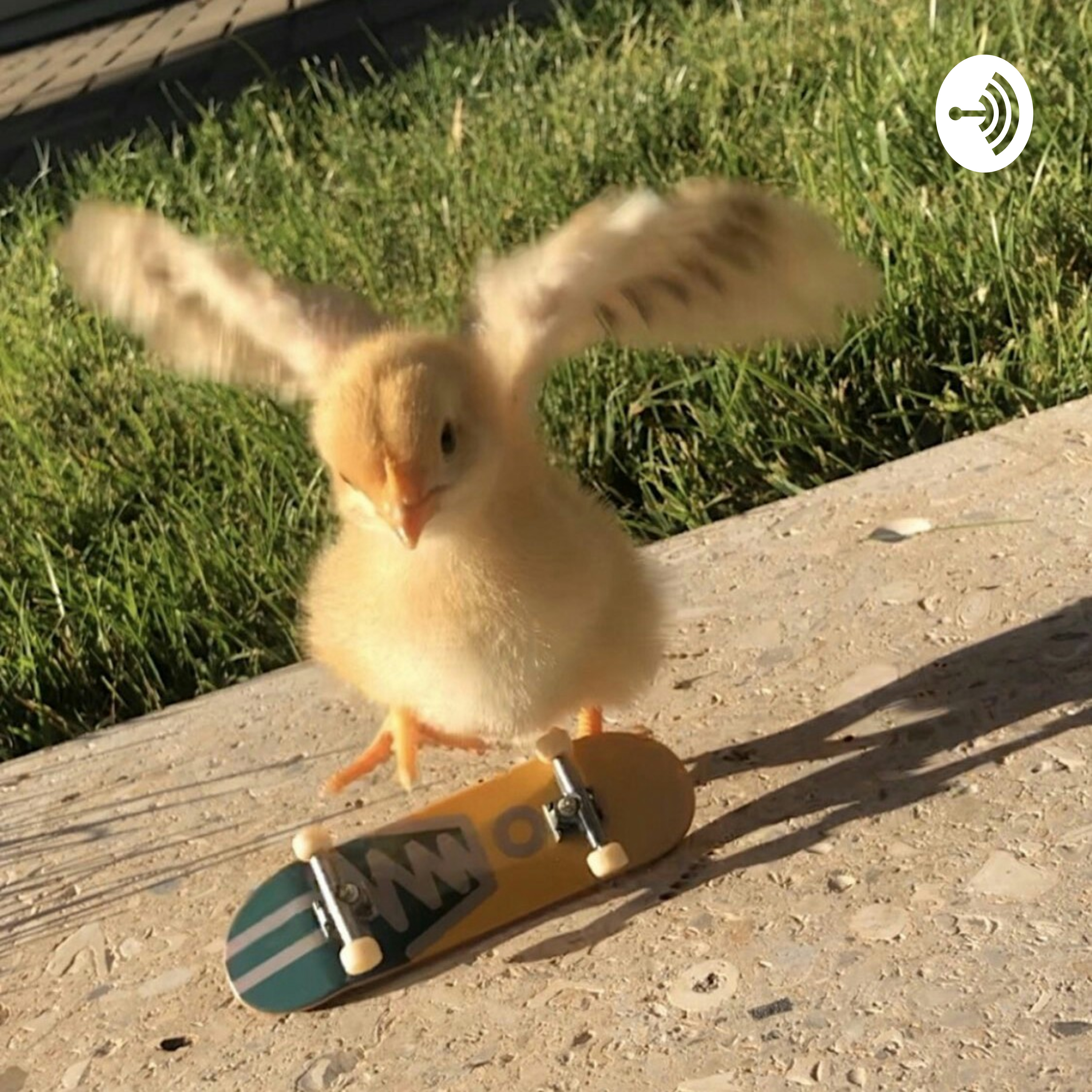 |
Histoire et cultures de l'Asie centrale préislamique - Frantz GrenetLanguage: fr Genres: History Contact email: Get it Feed URL: Get it iTunes ID: Get it |
Listen Now...
Conférence - Kyle Harper : Les origines de la peste justinienne : de l'Asie centrale à la Méditerranée
Tuesday, 20 May, 2025
Frantz GrenetCollège de FranceChaire Histoire et cultures de l'Asie centrale préislamiqueAnnée 2024-2025Conférence - Kyle Harper : Les origines de la peste justinienne : de l'Asie centrale à la MéditerranéeKyle Harper est invité par l'assemblée du Collège de France sur proposition du Pr Frantz Grenet.











